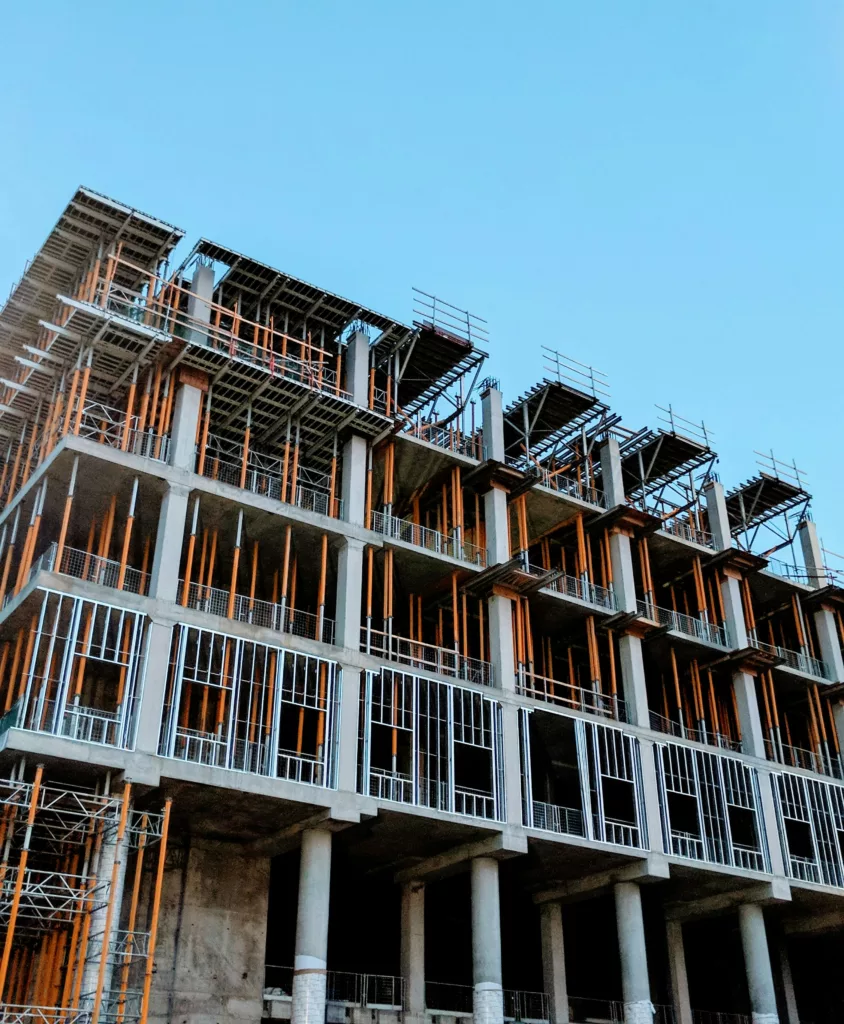In This Article
- The Renaissance of Urban Spaces Through Mixed-Use Developments
- The Post-Pandemic Landscape For Mixed-use Properties
- Future Trends and Innovations
- Overcoming Challenges and Seizing Opportunities
- Conclusion
- Get A Loan Quote Now!
Call or Email Us at
713-331-9463
info@hillcreekcommercialcapital.com
The Rise of Mixed-Use Developments in Urban Commercial Real Estate

Mixed-use developments, blending residential, commercial, and recreational facilities within a cohesive space, have emerged as a cornerstone in the evolution of urban environments. As cities grapple with the challenges of densification, sustainability, and enhancing quality of life, mixed-use developments offer a blueprint for the future of urban living. This article explores the rise of mixed-use developments and their transformative impact on commercial real estate investments.
The Renaissance of Urban Spaces Through Mixed-Use Developments
Integrating Lifestyles and Enhancing Connectivity: Mixed-use developments epitomize the concept of integrated urban living. By merging diverse land uses, these projects facilitate a seamless blend of living, working, and leisure activities, fostering vibrant communities where daily needs are within walking distance.
Sustainability at the Core: By reducing carbon footprints, mixed-use developments encourage a walkable lifestyle, diminish reliance on vehicular transport, and utilize green building technologies. This focus on sustainability aligns with global sustainability goals and attracts environmentally conscious tenants and consumers.
A Catalyst for Economic Growth: Mixed-use projects stimulate local economies by attracting businesses and creating jobs. Commercial and recreational amenities increase foot traffic, benefiting retail and service businesses and ultimately contributing to a thriving economic ecosystem.
The Post-Pandemic Landscape For Mixed-use Properties
The COVID-19 pandemic underscored the need for adaptable and resilient urban spaces. Mixed-use developments have demonstrated remarkable resilience with their inherent flexibility and community-centric design. In the post-pandemic era, these developments are poised to play a pivotal role in urban recovery, offering spaces that cater to the changing dynamics of work, lifestyle, and health and safety considerations.
Future Trends and Innovations
Technology-Driven Solutions: Emerging technologies, such as IoT and intelligent building systems, are being integrated into mixed-use developments to enhance efficiency, security, and tenant experiences. This technological infusion positions mixed-use projects at the forefront of the smart city movement.
Focus on Community and Well-Being: Modern mixed-use developments emphasize creating communal spaces and amenities that promote well-being and social interaction. From green parks to wellness centers, these projects are designed with the physical and mental health of residents in mind.
Adaptive Reuse and Urban Regeneration: Adaptive reuse of historical or underutilized buildings within mixed-use frameworks is gaining traction as a sustainable approach to urban development. This not only preserves architectural heritage but also revitalizes neighborhoods.
Overcoming Challenges and Seizing Opportunities
Zoning and Regulatory Adaptations: To encourage the growth of mixed-use developments, cities are reevaluating zoning laws and regulations to accommodate their multifaceted nature. Flexibility in planning and development processes is crucial for their success.
Innovative Financing Models: Financing mixed-use projects can be complex due to their diverse components. To navigate this landscape, developers and investors are exploring innovative financing solutions, including public-private partnerships.
Community Engagement: Successful mixed-use developments require deeply understanding community needs and preferences. Engaging with residents and stakeholders from the outset ensures that projects are well-received and integrated into the community’s fabric.
Conclusion: Shaping the Future of Urban Living
Mixed-use developments represent a paradigm shift in urban planning and commercial real estate investment, offering a sustainable, integrated, and vibrant approach to city living. As we look toward the future, the continued evolution of mixed-use projects will play a critical role in shaping resilient, inclusive, and dynamic urban landscapes.
Reflective Insights for CRE Stakeholders:
1. How can developers and investors leverage mixed-use developments to address urban challenges and meet sustainability goals?
2. What strategies can foster community engagement and ensure mixed-use projects resonate with local needs?
3. How can technology and innovation further enhance the appeal and functionality of mixed-use developments?
Embracing the mixed-use development model offers a forward-looking approach to commercial real estate investment, aligning with broader trends toward sustainability, technological integration, and community-centric urban design.
Mortgage rates
| ||||||||||||||||||||||||||||||||||||


